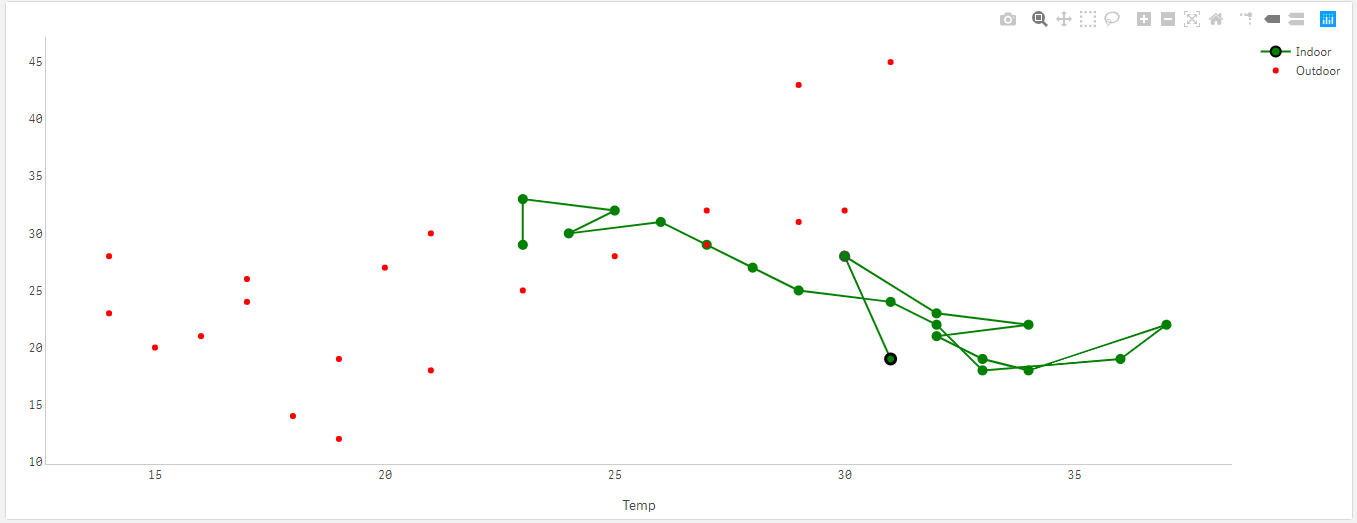

It’s for that very reason anyone will recommend you go for the CPU with the fastest clock you can afford because a 3.4GHz processor will calculate a model faster than a 2.4GHz processor, regardless of how many cores each one has. Some other times, parts of the software that rely on the OS will be able to be multi-threaded by the OS itself. Some part of a 3d application (like physical simulations in SolidWorks for example) will be able to assign specific tasks to other threads but modeling per se will always be done as a single thread. SketchUp is not an exception: All 3d modeler out there are single-threaded as far as modeling goes. You could send 2+2 to be solved on one thread and X - 1 on the other thread but the second thread would need to wait on the result of the first one to do its own thing. Therefore the process of creating a hole in a box cannot be made parallel and thus cannot use multithreading.

We could not tell one CPU to create the box and another CPU to create the hole in the meantime because the hole needs to know where the box is and use its dimensions and position as variables of its own calculations. The box needs to exist in order for the hole to affect it. Simplifying to the extreme, let’s take a box with a hole in it as an example: Most calculations necessary to produce a 3d model cannot be made into chunks, independent of each other and then sent to be solved by different calculators. In a nutshell, all 3d modeling software are single threaded since 3d model calculation is linear in nature and can then only be processed on a single thread at the time. His information was very well written, so I found the original post using Google Magic so it could be re-posted here for the community. I’ll preface this post that it was originally written by one of our members who unfortunately has left the community.


 0 kommentar(er)
0 kommentar(er)
